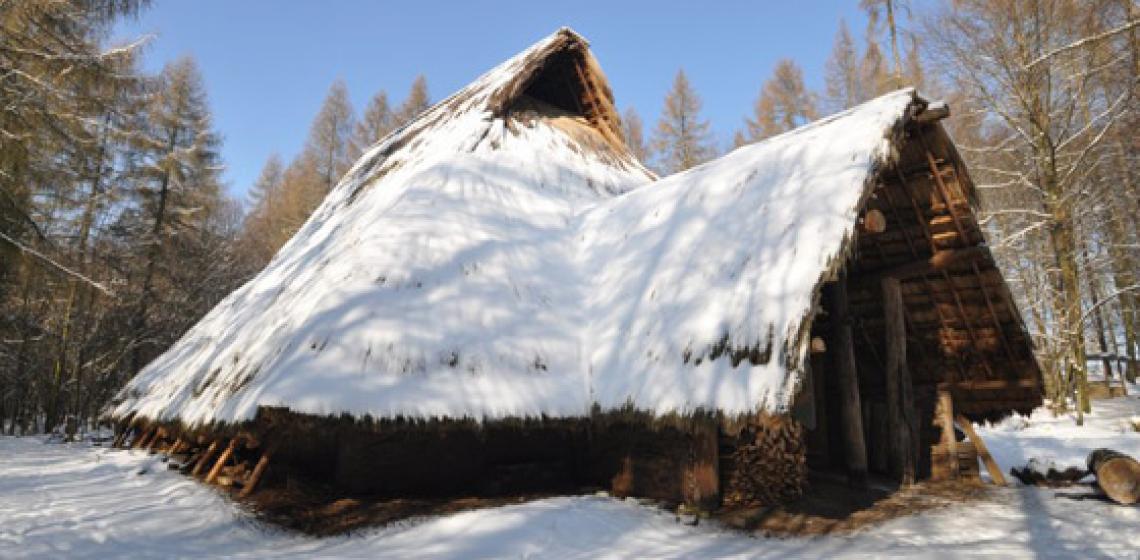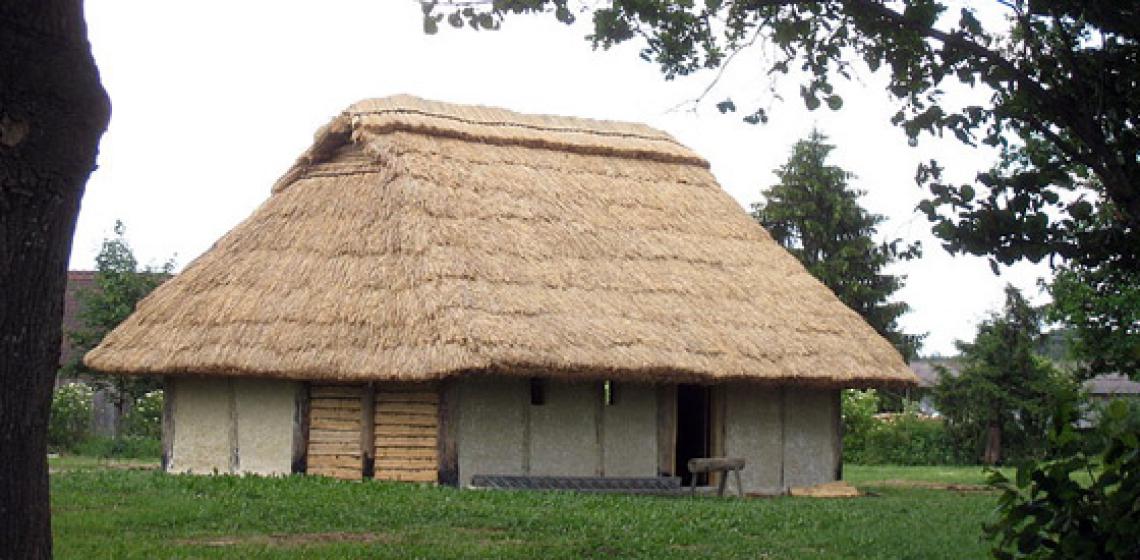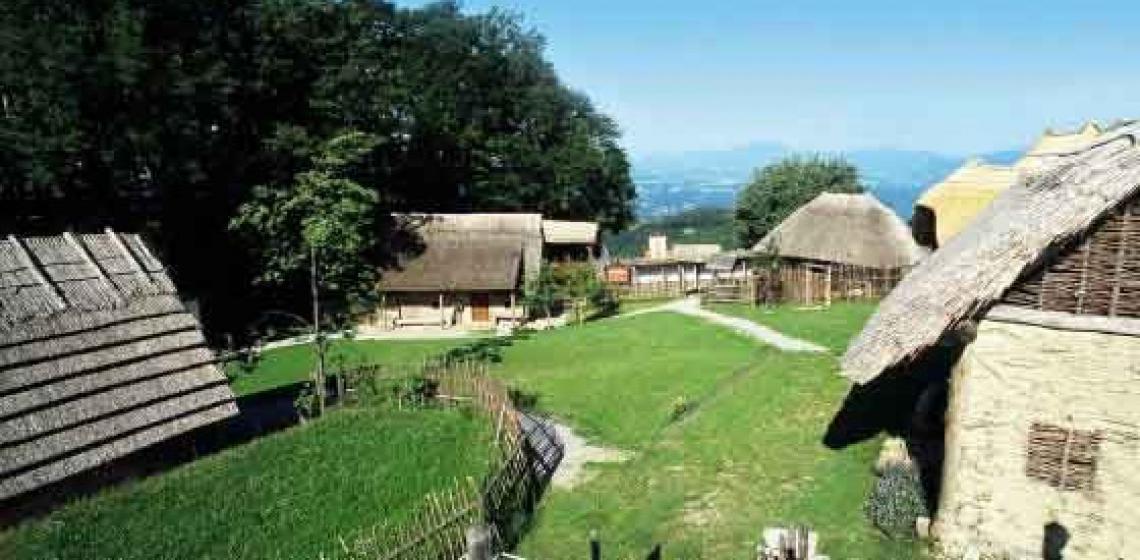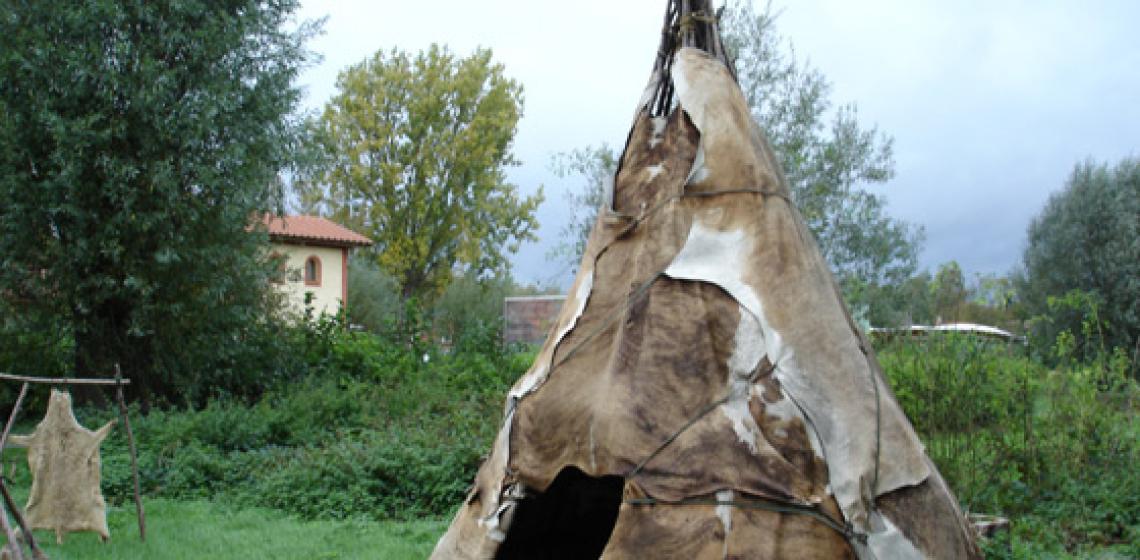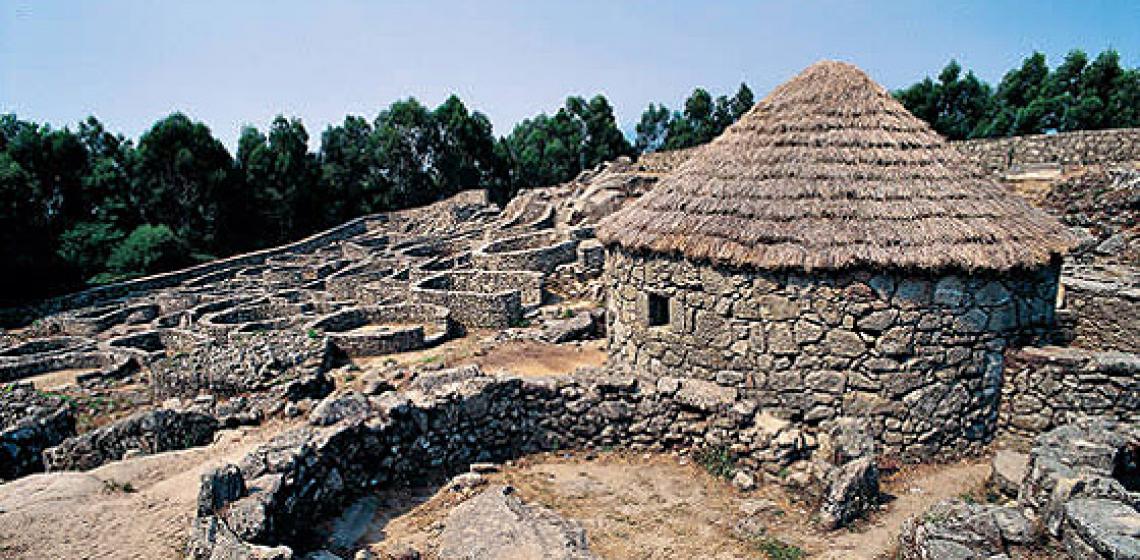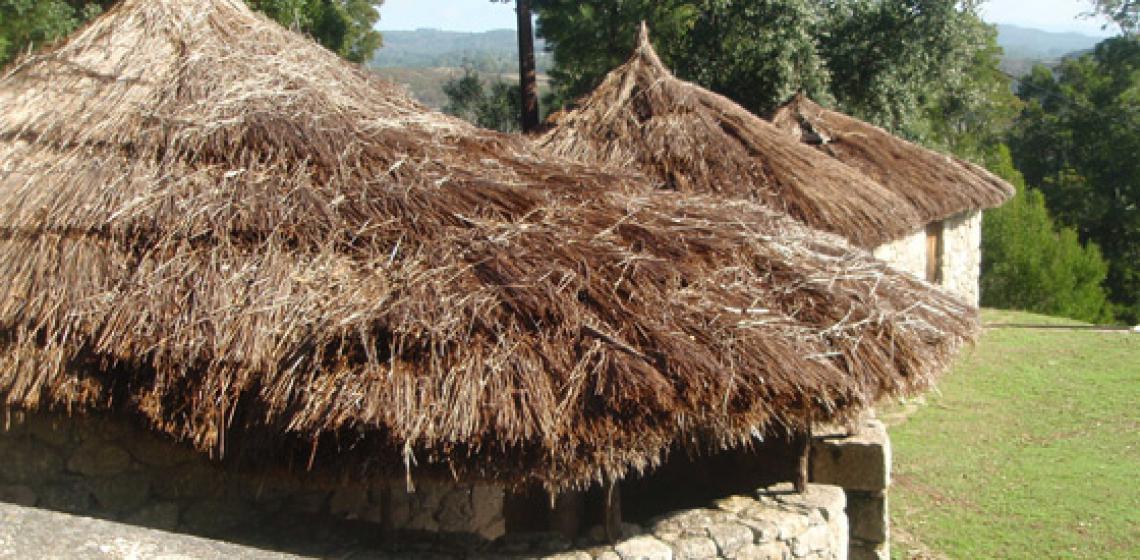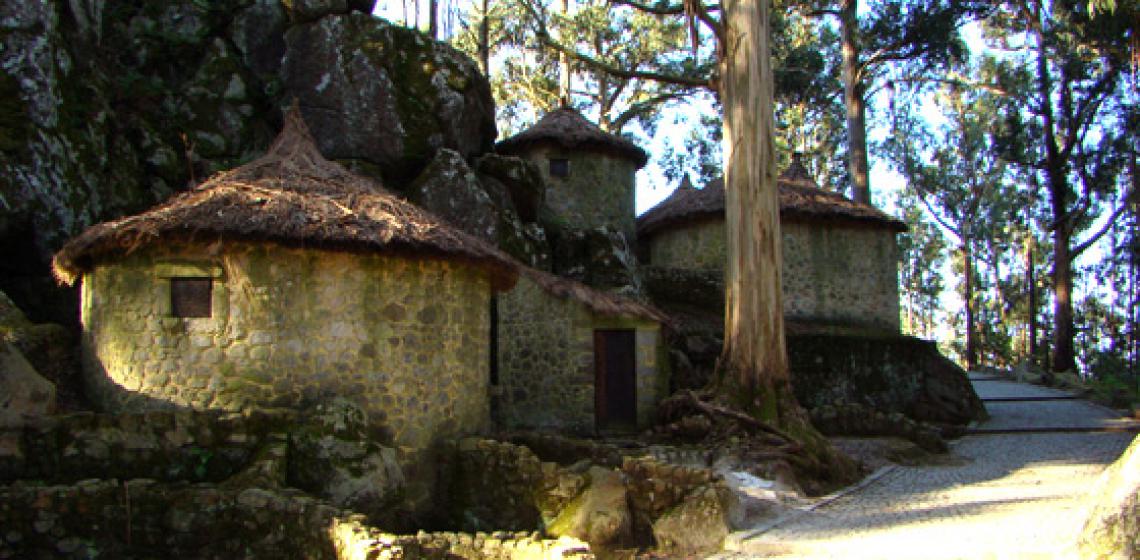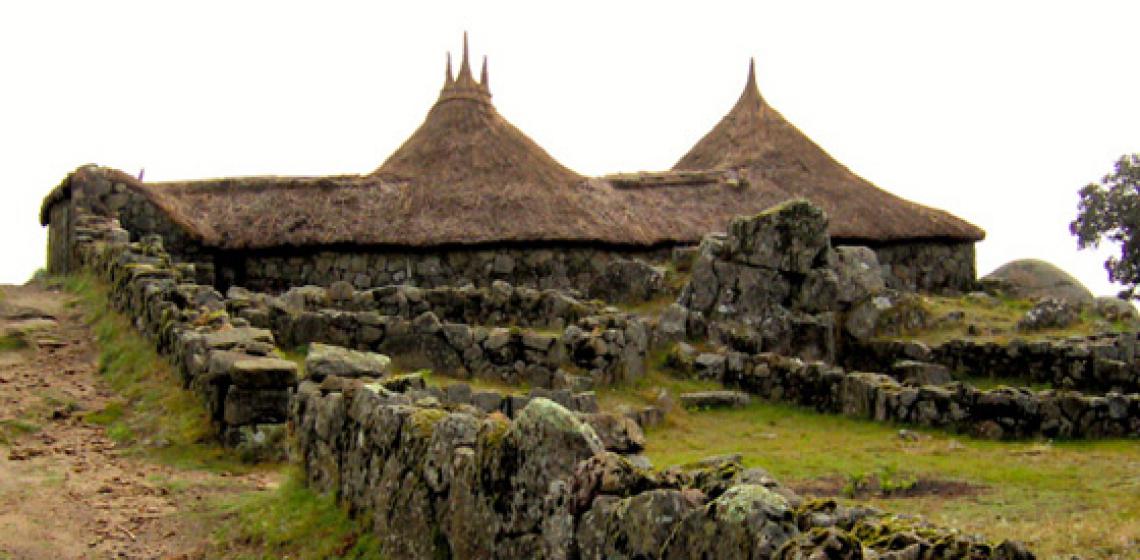Bealtaine Keltenhaus (LU)
Bealtaine is a project of the Luxemburg Guide and Scout Movement (LGS) and the Forest Management, supported by among others Archeosite d'Aubechies in Belgium. It is chiefly about learning children (7 – 23 years old) to appreciate the need to protect the environment.
Bealtaine is a project of the Luxemburg Guide and Scout Movement (LGS) and the Forest Management, supported by among others Archeosite d'Aubechies in Belgium. It is chiefly about learning children (7 – 23 years old) to appreciate the need to protect the environment...

